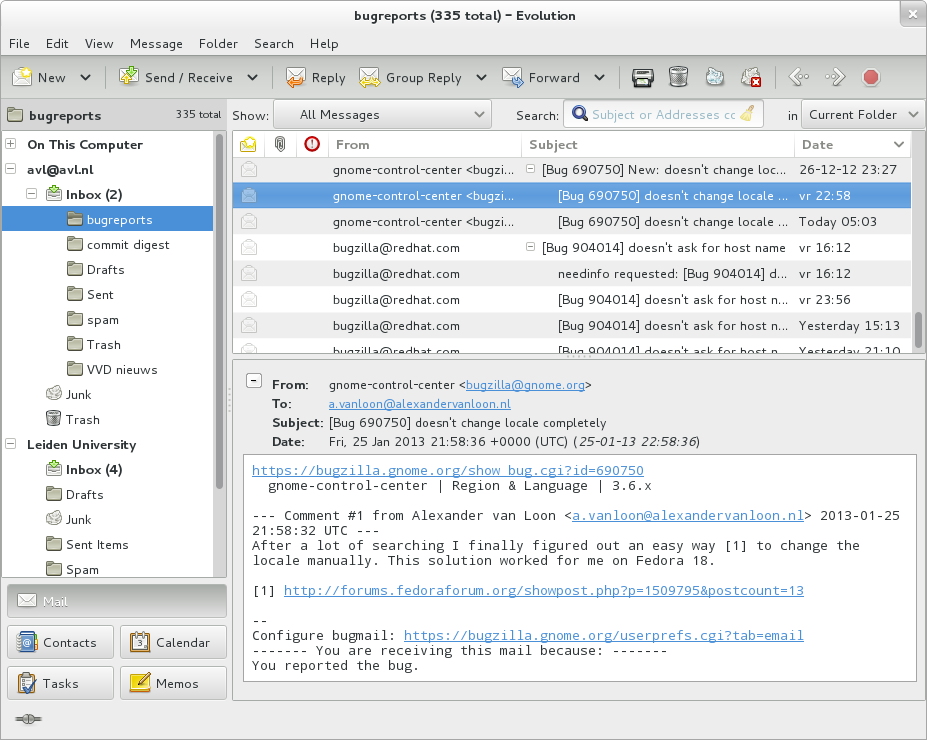English 101
- Introduction to Intermediate English
- Intermediate English Writing
- Intermediate English Speaking
- Intermediate English Reading
- Practical Intermediate English
- Introduction to Advanced English
- Advanced English Writing
- Advanced English Speaking
- Advanced English Reading
- Practical Advanced English
- Proficient Use of English
- English in Practice
Intermediate English Writing
Mastering Professional Email Writing in English

Method of electronically exchanging digital messages between people over a network.
Emails are a crucial part of professional communication, and being able to write them effectively is a valuable skill. This unit will guide you through the structure, language, and tone of professional emails, and provide you with practical tips to enhance your email writing skills.
Understanding the Structure of a Professional Email
A professional email typically consists of the following elements:
- Subject Line: This should be concise, clear, and accurately reflect the content of the email.
- Salutation: Use a formal greeting, such as "Dear Mr./Ms./Dr. [Last Name]".
- Body: This is where you write your message. Keep it clear, concise, and professional.
- Closing: End your email with a polite closing, such as "Best regards" or "Sincerely".
- Signature: Include your full name, title, and contact information.
Appropriate Language and Tone for Business Emails
The language you use in a professional email should be formal and respectful. Avoid using slang, abbreviations, or emoticons. The tone should be polite and professional, regardless of the nature of the email.
Practice Writing Formal and Informal Emails
Formal emails are used for professional communication, while informal emails are used for casual communication. The main differences between the two lie in the language and tone used.
- Formal Emails: Use complete sentences, proper grammar, and avoid contractions (e.g., use "do not" instead of "don't"). The tone should be respectful and professional.
- Informal Emails: These can be more relaxed. It's acceptable to use contractions, colloquial expressions, and a more conversational tone.
Tips for Writing Clear, Concise, and Effective Emails
- Keep it Short and Simple: Your email should be as concise as possible. Avoid unnecessary details and keep your sentences short and clear.
- Use Bullet Points or Numbered Lists: This can make your email easier to read, especially if you're listing items or instructions.
- Proofread: Always proofread your email before sending it. Check for spelling, grammar, and punctuation errors.
By mastering these aspects of professional email writing, you'll be able to communicate more effectively in English in a business setting.